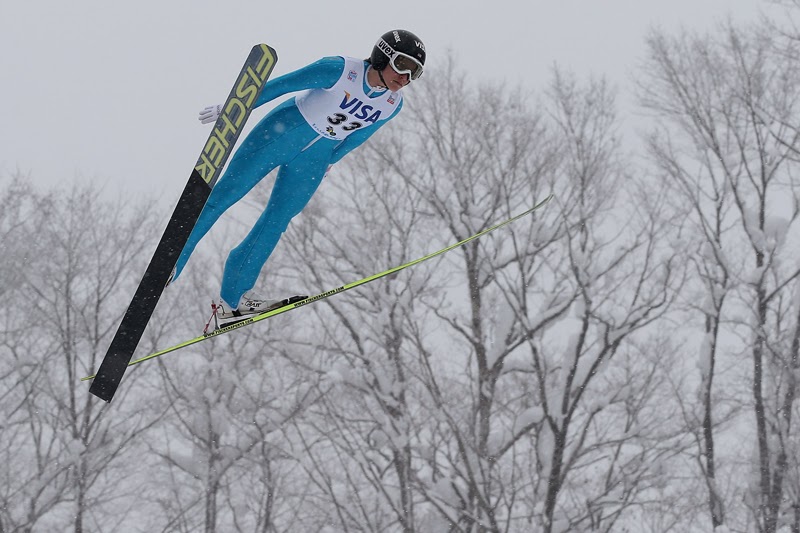How the 2014 Winter Olympics is making a Technological Comeback!
Social media swarmed with pictures of incomplete bathrooms,
hotel rooms with no doors, and elevator shafts being empty, in the days leading
up to the 2014 Winter Olympics. These images suggested the city of Sochi was in
a frenzy to prepare for the onset of crowds and athletes. However, it was the
opening ceremony that quickly became international gossip when an electronic
snowflake failed to expand into an Olympic ring.
 |
| Opening ceremony of the 2014 Winter Olympics in Sochi, Russie. Photo courtesy of abcnews.com |
Although this put a sour taste in the mouths of many, it has
not stopped technological advances from shining in this year’s competition.
First and foremost, let’s talk about the vending machine currently sitting in
the Canadian Olympic House. It’s a beer fridge… that only opens by scanning a
Canadian passport (talk about protecting your BYOB). Molson Canadian, creator
of the alcohol vending machine, first introduced the invention last summer;
however, we are guessing they will see an increase in sales in the coming
months!
 |
| Can your beer fridge do this? Photo courtesy of digitaltrends.com |
If that’s not impressive, let’s talk about technology’s influence
on Mother Nature. Sochi, Russia is an unusual pick for the Winter Olympics,
considering it has a bit warmer climate than desirable for winter conditions.
However, a Michigan-based company, SMI Snowmakers, working with the Russian
government, has over 400 snowmaking guns positioned on the hillside.
Fiber-optic cables connect the snowmakers to company software for automatic
delivery. Unlike the opening ceremony, if this fails, Russian officials have 16
million cubic feet of snow stored under thermal blankets, from last winter,
ready to be hauled where needed.
 |
| Photo courtesy of www.blastr.com |
And who needs performance enhancing drugs when you can have performance enhancing technology? No expense has been spared in the research and development of new performance gear and analysis tools to assist athletes win the gold.
Lockheed Martin worked with Under Armor to design the U.S.
speed skaters’ bodysuits; made of five various kinds of high-tech fabric,
tested in wind tunnels, and featuring raised bumps to maximize the speed of
airflow over the suit.
 |
| Chris Creveling of Team USA. Photo courtesy of The Morning Call. |
Swiftwick created cut-resistant socks to prevent hockey players from being cut by skate blades. With
fiber-optic cores that are strong enough to be used in a bullet-proof vest, they are designed to still wick away sweat and moisture.
 |
| Photo courtesy of www.blastr.com |
For $5.00 USD, coaches have the ability to give their ski
jumpers real-time information, from anywhere in the world. iPhone application,
“Coach’s Eye,” allows a ski jump instructor to receive multiple angles and
speed calculations of his/her jumper and provide real-time analysis prior to
the jumper climbing the hill for a second attempt.
 |
| Jessica Jerome of Team USA. Photo courtesy of The Washington Post. |
Athletes won’t be the only ones utilizing technology. Media
outlets have increased their technologies to provide improved graphics, new
studios, and streaming media technologies to enhance viewers’ experience. Large
name vendors such as Sony and Cannon have returned to the Olympics; providing
cameras, lenses, etc. Integrated Microwave Technologies (IMT) is also present,
assisting Russian broadcast entities with their wireless coverage of the
Olympics.
Although the Games may have debuted with the technological
failure of the year, thus far, it seems as if the Winter Olympics has a lot
more up technology up their sleeve than an electronic snowflake!

No comments:
Post a Comment